The cure for wintertime blues: Snowmobile clubs enjoy outdoor thrills while tending to interstate trails
| Published: 01-26-2024 12:45 PM |
On snowy weekends in the winter, groups of snowmobilers can be found at the tops of mountains and along the vast networks of forest trails connecting towns throughout Massachusetts and beyond.
“To be outside in the winter doing something; that is the cure to wintertime blues,” said Steven Howland, president of the Buckland Riders Snow Mobile Club.
Thirty-one snowmobile clubs maintain a vast network of 2,200 miles of trails connecting Worcester County to the Berkshires, all managed through the Snowmobile Association of Massachusetts (SAM). Executive Director of SAM and member of the Bernardston/Gill/Leyden club Jeff Miller explained Franklin County is a “key spoke” in the system.
In higher elevations, snowmobilers have been riding for the past two weeks with up to 12 inches of snow; much of the lower-elevation trails in the valley are unable to open.
There are eight snowmobile clubs in Franklin County maintaining trails on public and private lands for a variety of outdoor enthusiasts, including snowmobilers as well as cross-country skiers, fat tire bikers, snowshoers and more. The Franklin County trails connect riders to Vermont, New Hampshire and New York, allowing the most adventurous to travel up to Canada if they so choose.
“We take care of these trails so many people can use them throughout the season, it is a labor of love,” Miller said. He explained state funding often lacks enough resources to take care of the trail network. Clubs come in with volunteer labor and keep the trails ready for use all winter long.
Miller explained current snowmobile clubs are fighting the stigma that snowmobiles are loud, smelly gas guzzlers. Muller and Howland explained while old snowmobiles are often fun to show off, similar to how people enjoy antique car shows, new snowmobiles are quiet and follow strict environmental codes that are continually changing.
A majority of the snowmobilers ride machines made in the past 20 years. In the past year, electric snowmobiles have also been released on the market. These are typically used for tours but Howland believes the landscape is changing in similar ways to how electric cars are slowly integrating into the automobile market.
Article continues after...
Yesterday's Most Read Articles
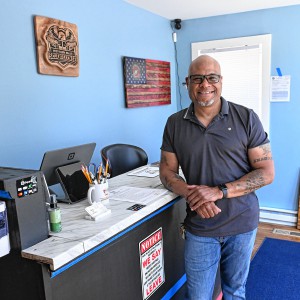 Retired police officer, veteran opens firearms training academy in Millers Falls
Retired police officer, veteran opens firearms training academy in Millers Falls
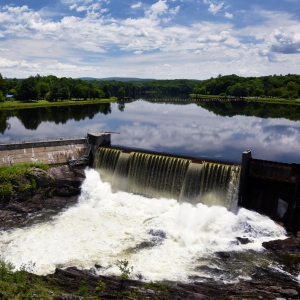 Valley lawmakers seek shorter license for FirstLight hydropower projects
Valley lawmakers seek shorter license for FirstLight hydropower projects
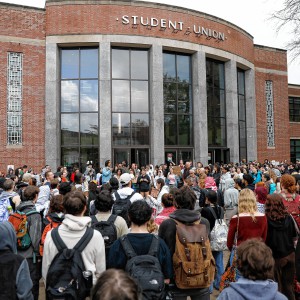 More than 130 arrested at pro-Palestinian protest at UMass
More than 130 arrested at pro-Palestinian protest at UMass
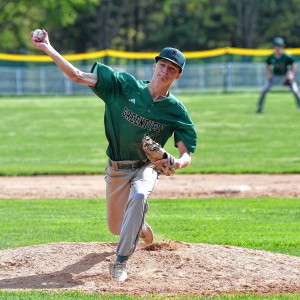 Baseball: Caleb Thomas pitches Greenfield to first win over Frontier since 2019 (PHOTOS)
Baseball: Caleb Thomas pitches Greenfield to first win over Frontier since 2019 (PHOTOS)
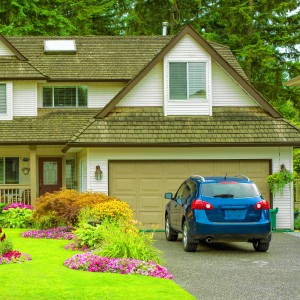 Real Estate Transactions: May 10, 2024
Real Estate Transactions: May 10, 2024
 As I See It: Between Israel and Palestine: Which side should we be on, and why?
As I See It: Between Israel and Palestine: Which side should we be on, and why?
SAM raises money from trail passes that they sell every year. Miller explained there are about 2,500 sold annually, but this number can balloon to as many as 9,000 passes in years with a long season with lots of snow.
SAM also hosts a snowmobile expo annually at the Big E fairgrounds, maintains an interactive map with information about the snowmobile trails, and grooms and keeps up the trails on state lands which make up about 35% of the network.
The clubs keep up the trails whether there is snow on the ground or not; they do maintenance including cutting trees and building bridges during the off-season.
“It has been a tough few years. This year has been incredibly hard all the way up through the northeast. All of New England is suffering,” Miller said. They said the ideal season would last 10 weeks, beginning in the first week of January and ending in late March.
According to a 2003 study by the Human Dimensions Research Unit, Department of Natural Resources Conservation at the University of Massachusetts Amherst, the snowmobile industry generates $65 million worth of economic activity in the state.
This is not only accounting for equipment purchases, but also in part lodging and dining. Miller and Howland pointed to the small locally owned restaurants on the trails, including the Conway Inn, Pub 116 in Plainfield and Readsboro Inn in Vermont as benefactors of the industry. They named several more closed establishments including Peter’s Store in Heath and Pixies Outlaw Bar in Monroe as past popular snowmobile establishments.
“In regards to the state of snowmobiling: we are getting old but we still love it,” Howland said.
The average age is increasing annually: Miller said it the average age of snowmobilers is 55, which may be in part because it is a great activity for people who are less mobile and less dexterous.
Young people are less interested in snowmobiling, which Miller and Howland attributed to the high cost of a snowmobile, clocking in at about $10,000 to $15,000, and a general disinterest in the outdoors from the younger generation.
They both said when they first got into the sport they paid about $500 for their snowmobiles in the late 1960s, which, adjusting for inflation is about $5,000 today.
Another contributing factor to the decline in popularity is the unpredictable snow season. Snowmobile seasons can last as short as a week depending on the weather in a given year. With the high cost and the uncertainty of use, many people have abandoned the hobby.
Snowmobile club members not only love the sport, but they also love grooming trials – and not only for human use: Deer, turkeys and coyotes enjoy groomed trails in the winter. “It becomes a highway for the animals,” Miller said.
Unlike other motorized sports like ATVs, snowmobiles leave no trace of their existence other than the well-maintained trails from the volunteer club members.
“Once the snow melts there is no evidence we were here at all,” Howland said.
Bella Carmela Levavi can be reached at 413-930-4579 or blevavi@recorder.com.

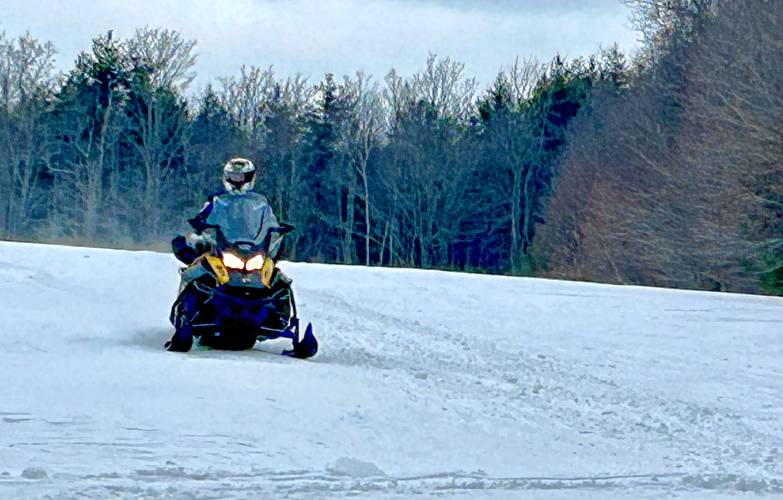
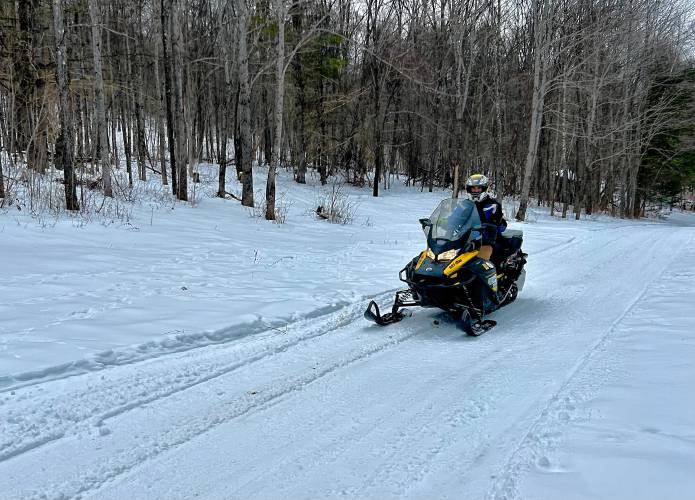
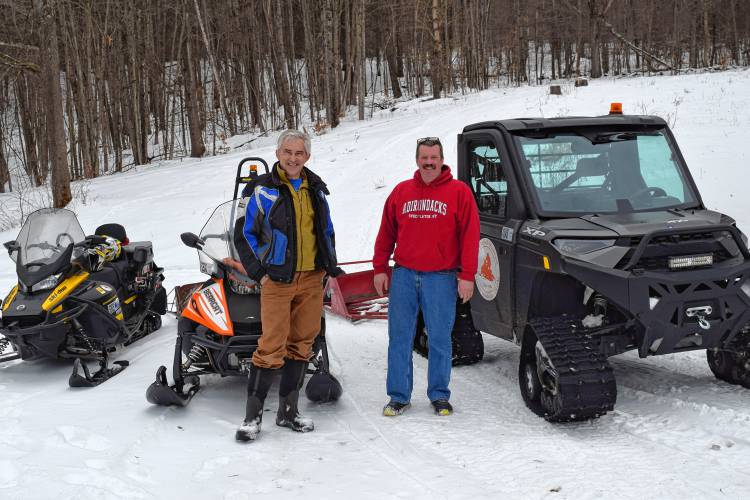
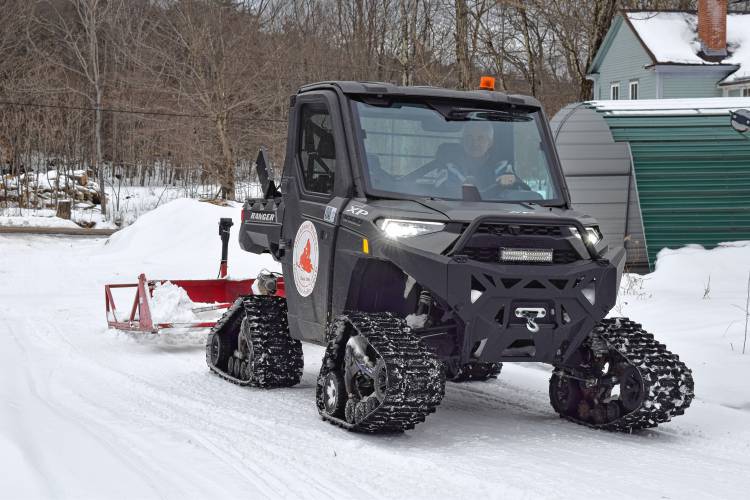
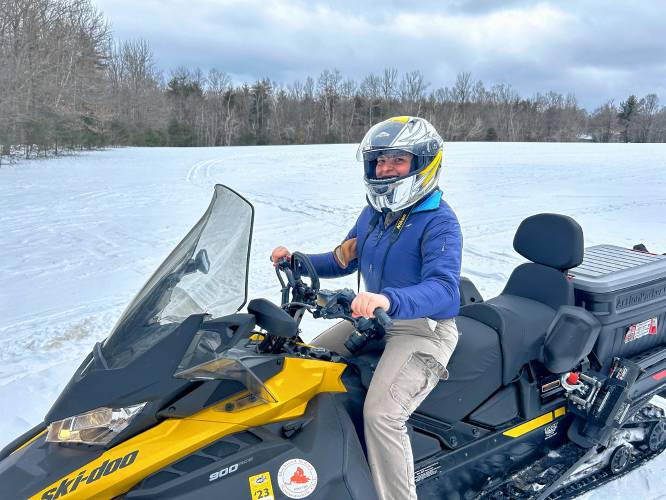
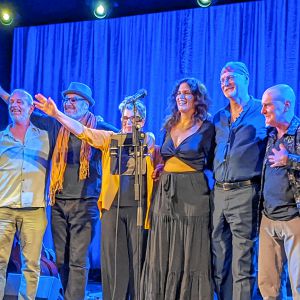 Sounds Local: Joni Mitchell tribute comes to Turners Falls: Big Yellow Taxi to perform ‘Court and Spark’ in its entirety, May 18 at the Shea
Sounds Local: Joni Mitchell tribute comes to Turners Falls: Big Yellow Taxi to perform ‘Court and Spark’ in its entirety, May 18 at the Shea On Mother’s Day, we’ll always have Paris: A crêpe recipe in honor of my French-speaking mother
On Mother’s Day, we’ll always have Paris: A crêpe recipe in honor of my French-speaking mother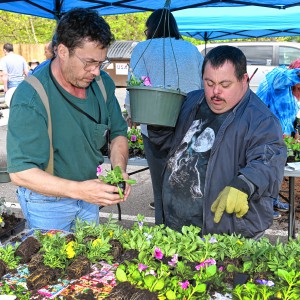 Providing opportunity for people to grow: The United Arc of Franklin County’s annual Gardening with Steve event a highlight of spring
Providing opportunity for people to grow: The United Arc of Franklin County’s annual Gardening with Steve event a highlight of spring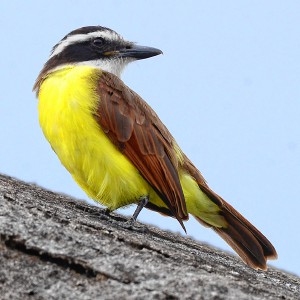 Speaking of Nature: Capturing my Bermuda nemesis: The Great Kiskadee nearly evaded me, until I followed its song
Speaking of Nature: Capturing my Bermuda nemesis: The Great Kiskadee nearly evaded me, until I followed its song
